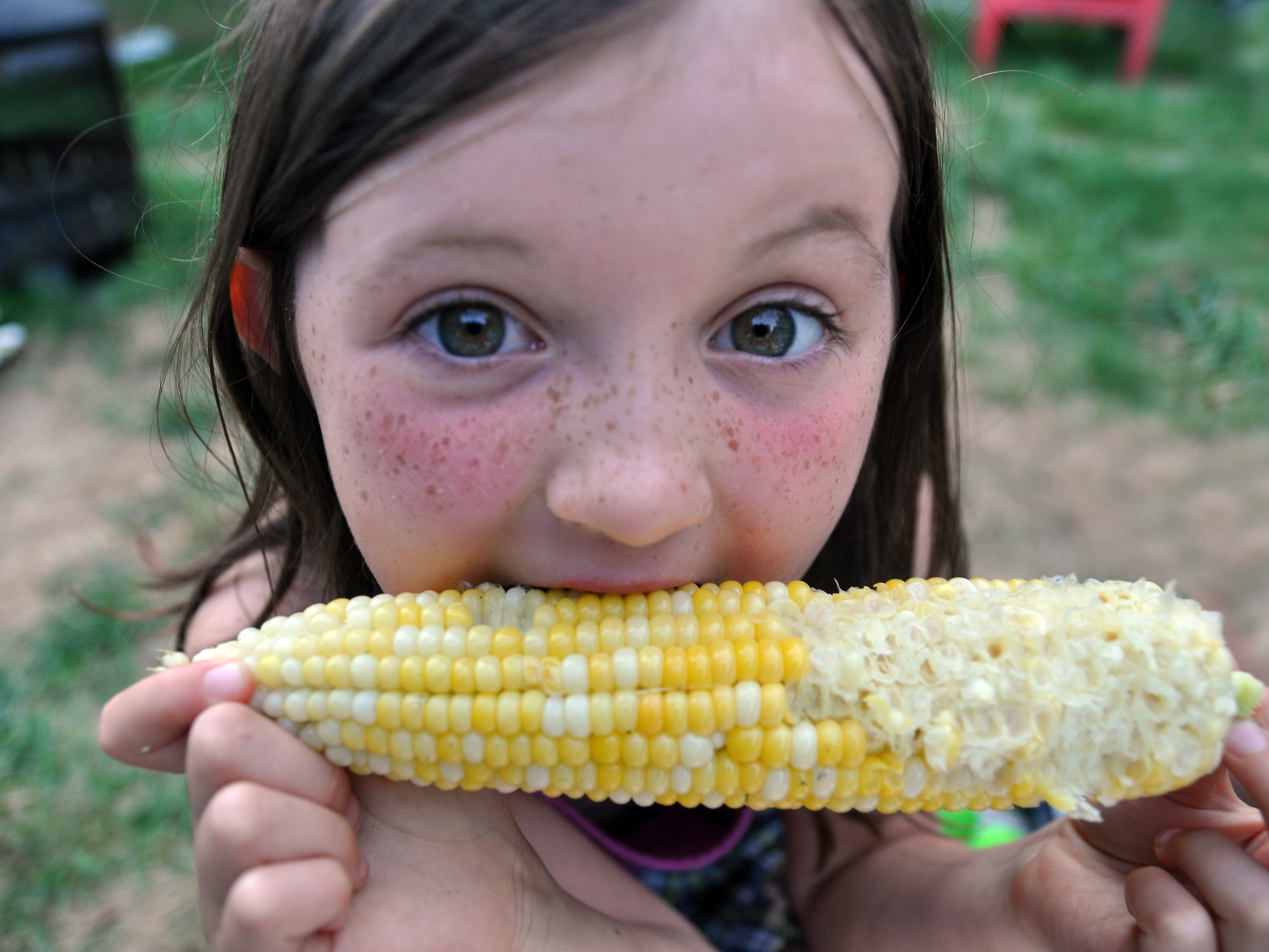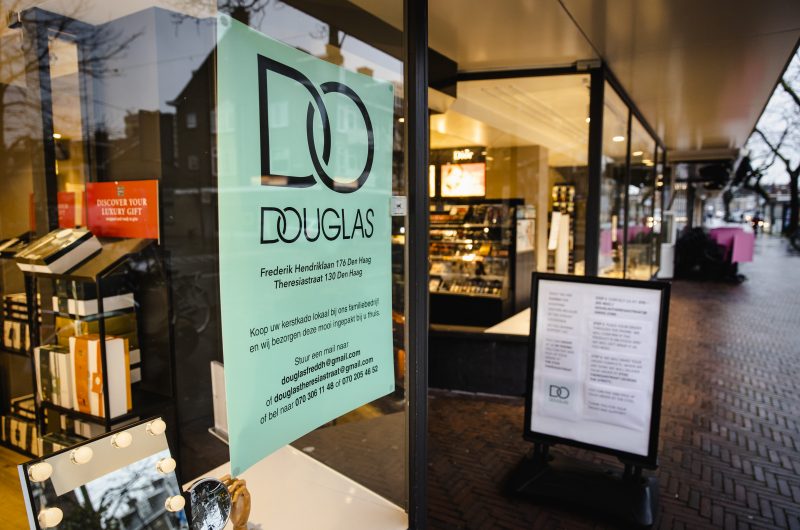- Whether man-made or not, food can have some fascinating back stories.
- For instance, white chocolate isn’t actually chocolate at all.
- Scientists can turn peanut butter into diamonds.
- A typical ear of corn has an even number of rows.
Our food system is fascinating. From scientists making diamonds out of peanut butter to grapes exploding into plasma fireballs in the microwave, INSIDER has rounded up some of the strangest and most fascinating food facts that you probably never knew.
Keep scrolling to educate yourself and impress friends at your next dinner party.
Ketchup was once believed to have medicinal qualities that could cure, among other ailments, diarrhea.

In the early 1800s, tomatoes were believed to have medicinal qualities. Per Fast Company, a doctor in Ohio in the 1830s claimed that tomatoes could treat diarrhea and indigestion, publishing recipes for a kind of tomato ketchup that he soon turned into a concentrated pill.
Many shredded cheeses and cereals contain cellulose (wood pulp).
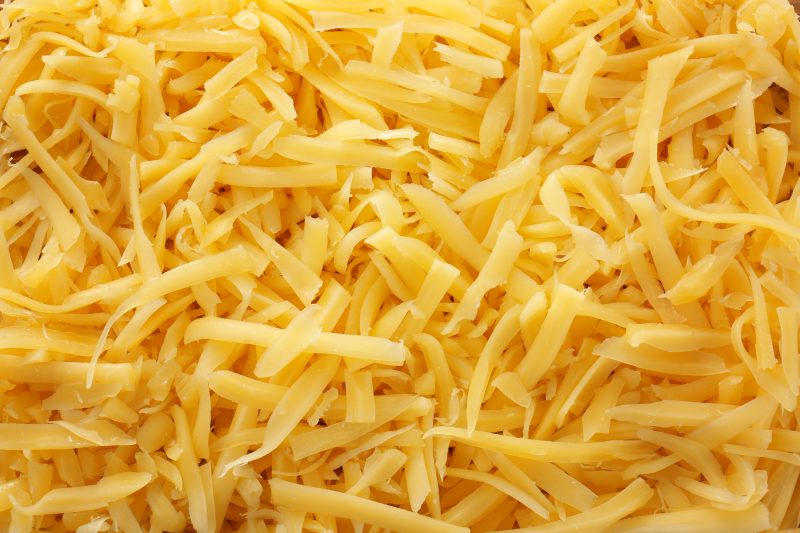
Green, yellow, and red bell peppers are not actually the same vegetable.
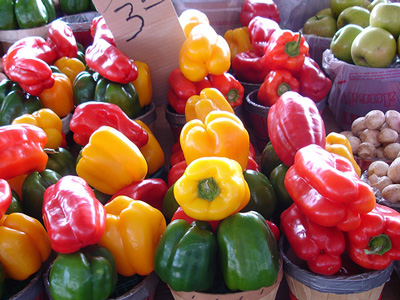
These vegetables are not always the same plant. Though some green peppers are unripe red peppers, green, yellow, orange, and red peppers are all unique plants with their own seeds.
Foods, like ranch dressing or coffee creamer, can contain titanium dioxide, which can also be found in paint, plastic, and sunscreen.

Titanium dioxide is a food additive that can be found in a variety of foodstuffs, like ranch dressing, coffee creamer, icing, and powdered sugar. It is often used to make whites appear whiter. However, for this same reason it can also be found in items like paint, sunscreen, and laundry detergent.
While the FDA considers it safe, new research has linked the chemical to inflammatory bowel diseases, and the International Agency for Research on Cancer classified it as "possibly carcinogen to humans."
A typical ear of corn has an even number of rows.
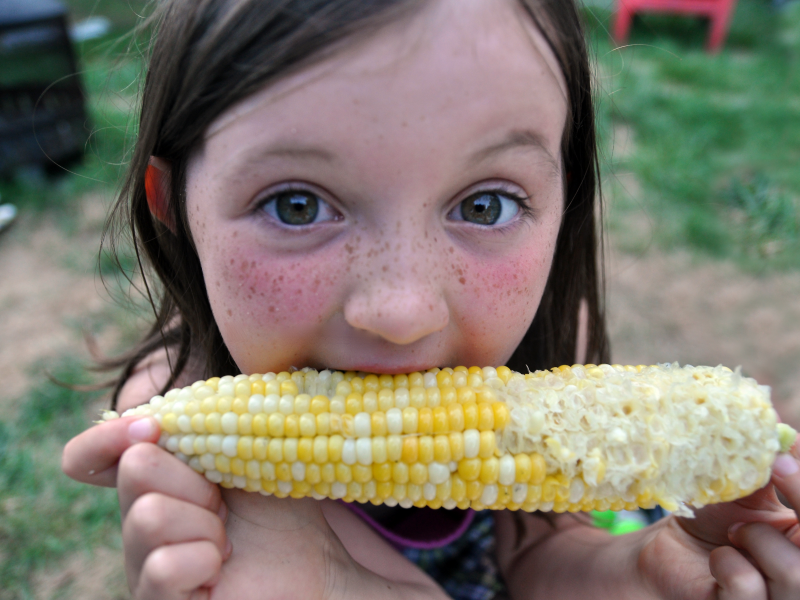
Ears of corn generally have an even number of rows, usually 16.
One burger patty can contain hundreds of different cows.
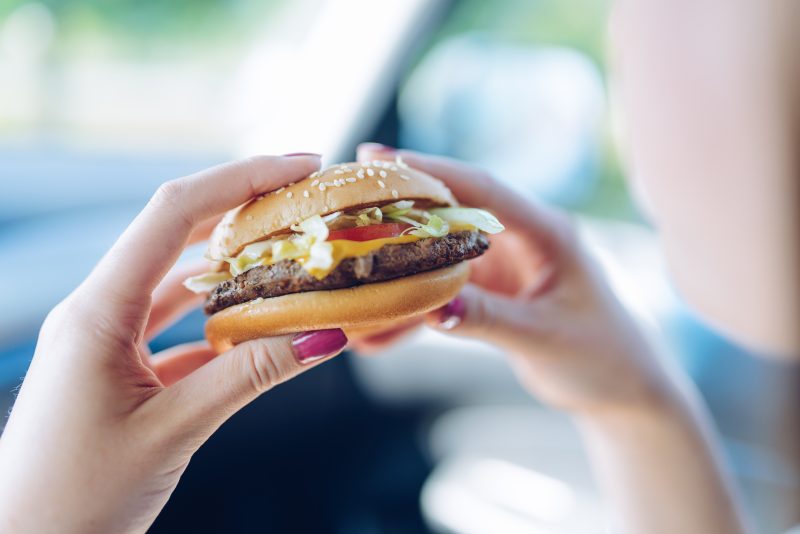
According to the Washington Post, "hamburgers are almost always a mishmash of many animals. The ground beef we buy at the supermarket is made of an unknown collection of muscle tissues. "
Scientists can turn peanut butter into diamonds.
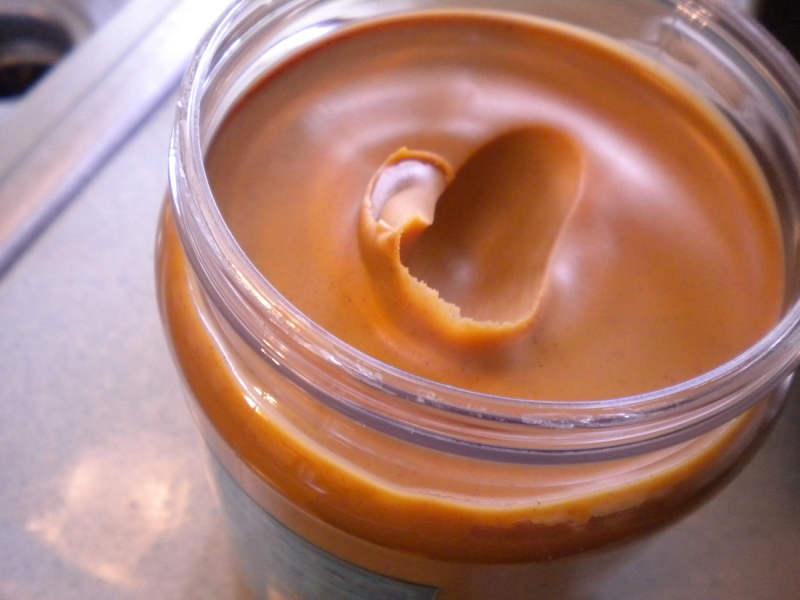
Scientists at the Bayerisches Geoinstitut in Germany have discovered that since peanut butter is so rich in carbon, it's possible to turn simple Skippy into diamonds.
All you need is to extract the oxygen from the carbon dioxide found in the peanut spread, and then enact immense pressure on the carbon left behind.
White chocolate isn't actually chocolate.
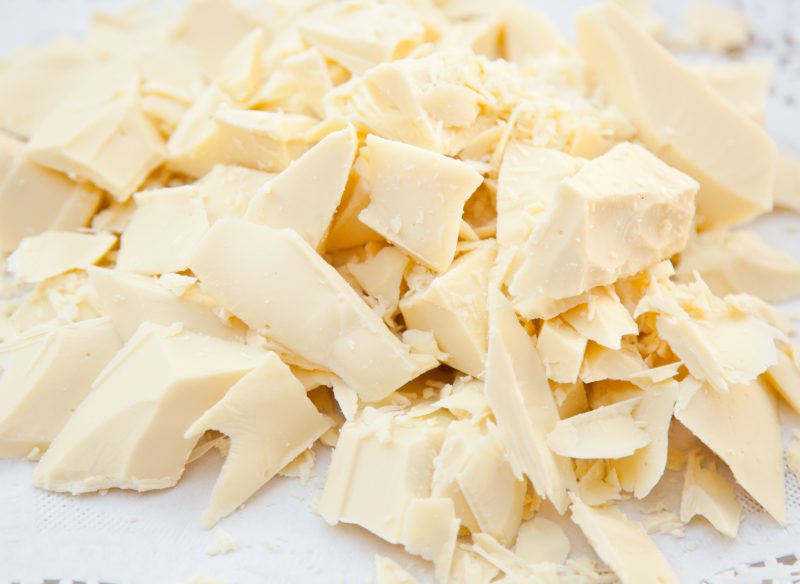
Despite its name, white chocolate doesn't actually contain any real chocolate components. According to Bon Appetit, the item is made up of a blend of sugar, milk products, vanilla, lecithin, and cocoa butter - no chocolate solids.
Fruit snacks and cars are coated in the same type of wax.
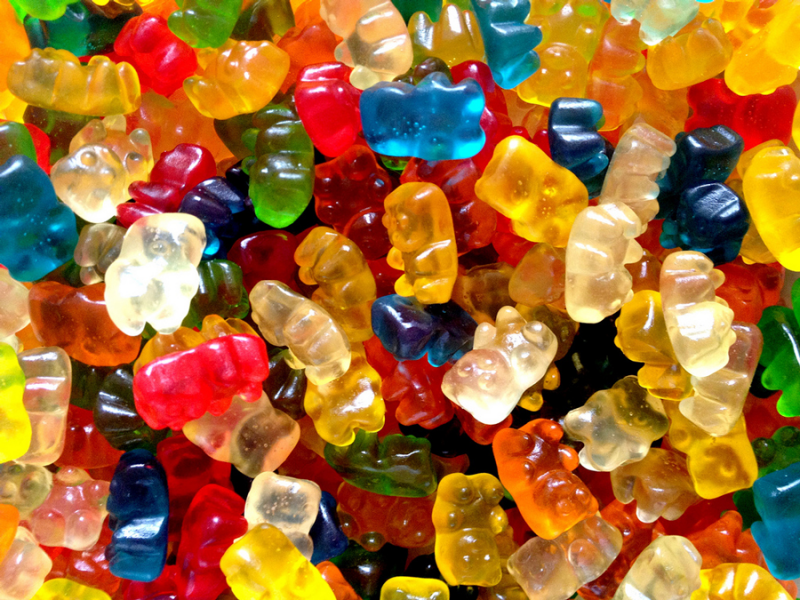
Did you ever wonder how gummy candies get that glossy sheen? They're coated with carnauba wax, the same stuff that is used on cars to make them shiny.
Ripe cranberries will bounce like rubber balls.
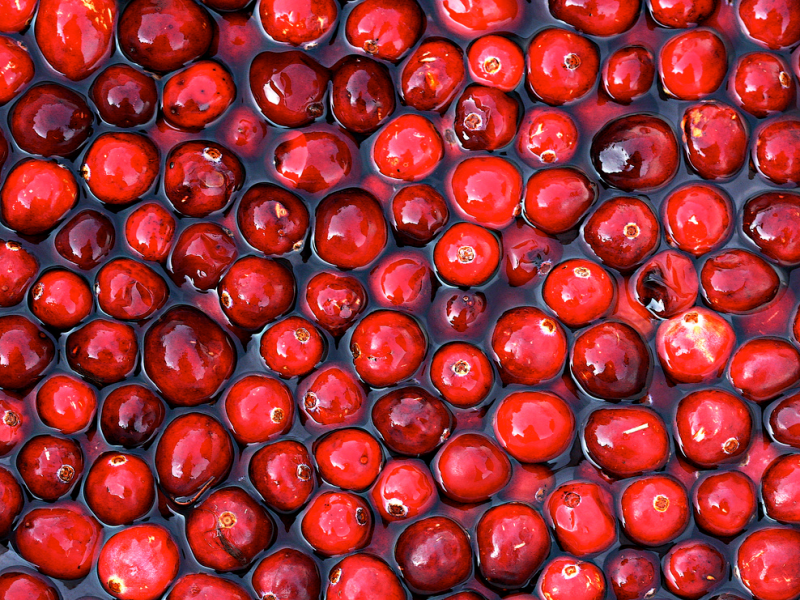
Cranberries are commonly referred to as "bounce berries" because they bounce when they're ripe. In fact, bouncing cranberries is a common ripeness test for farmers and consumers alike.
An 11-year-old invented the Popsicle by accident.

Even though some details of the origin story have been debated, according to NPR, in 1905 11-year-old Frank Epperson left a mixture of soda and water in a cup outside overnight. His mixture froze and he ate his newfound treat.
Epperson called his invention the "Epsicle" and began selling it all over Neptune Beach in San Francisco that summer. When he got older, Epperson's children began calling his creation "Pop's 'Sicle," or "Popsicle."
Farm-raised salmon is naturally white and then dyed pink.

While wild salmon are naturally pink due to the large amount of shrimp in their diet, farm-raised salmon eat differently. In order to achieve that pleasing pink color, salmon farmers add carotenoids (plant pigments) to the fish feed to mimic the natural hue of wild salmon.
Apple pie is not American.
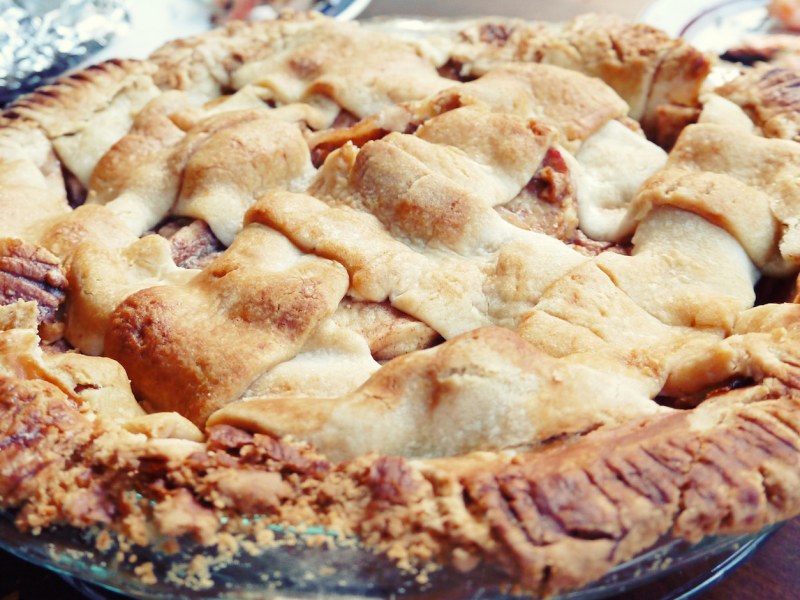
"As American as apple pie" isn't actually very American. Pie was invented in Medieval England, while the modern recipe for apple pie with a lattice crust was created and perfected by the Dutch.
Potatoes can absorb and reflect Wi-fi signals.
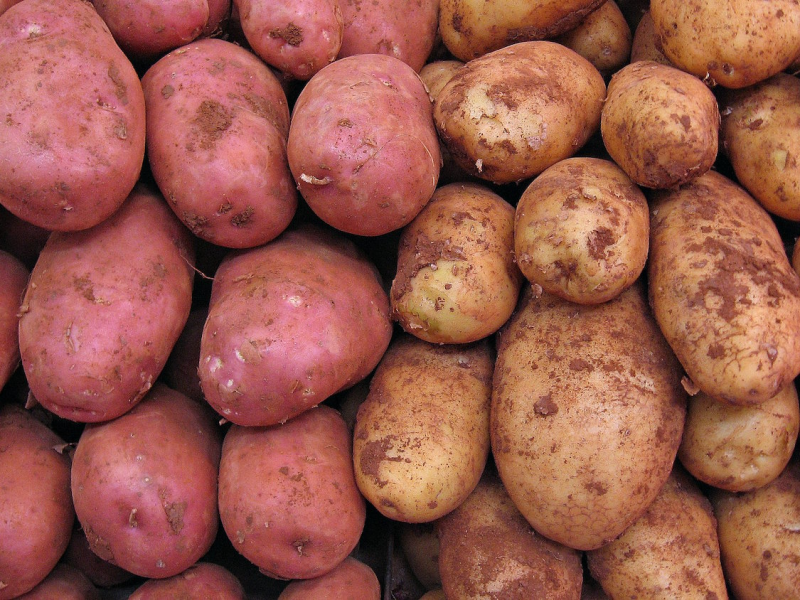
When Boeing wanted to test out their wireless signal on new planes in 2012, they placed giant piles of potatoes on seats. Because of their high water content and chemical makeup, potatoes absorb and reflect radio and wireless signals just like humans do.
The red food dye used in Skittles is made from boiled beetles.
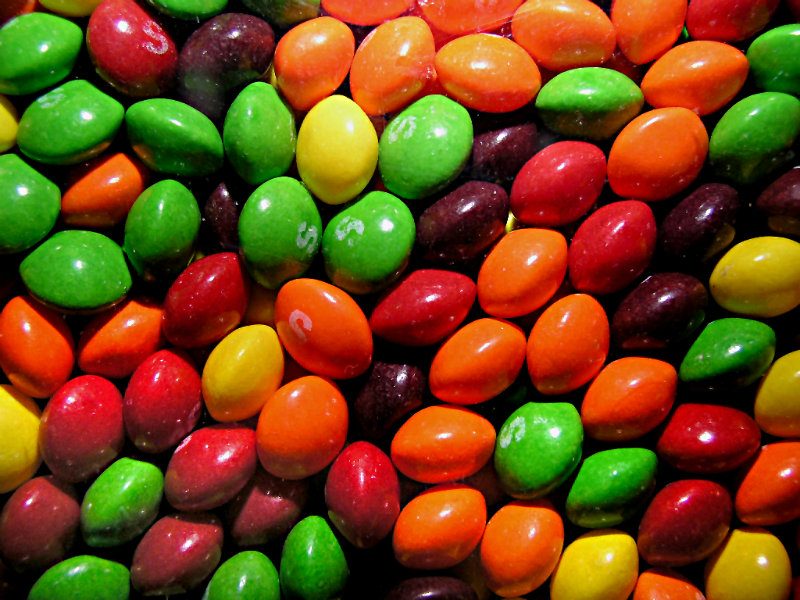
Carmine, also known as carminic acid, is a common red food dye that can be found in Skittles, maraschino cherries, raspberry and strawberry-flavored junk food, and even lipstick.
Carminic acid also happens to be made from the crushed carcasses of a beetle known as the Dactylopius coccus.
Raw oysters are still alive when you eat them.
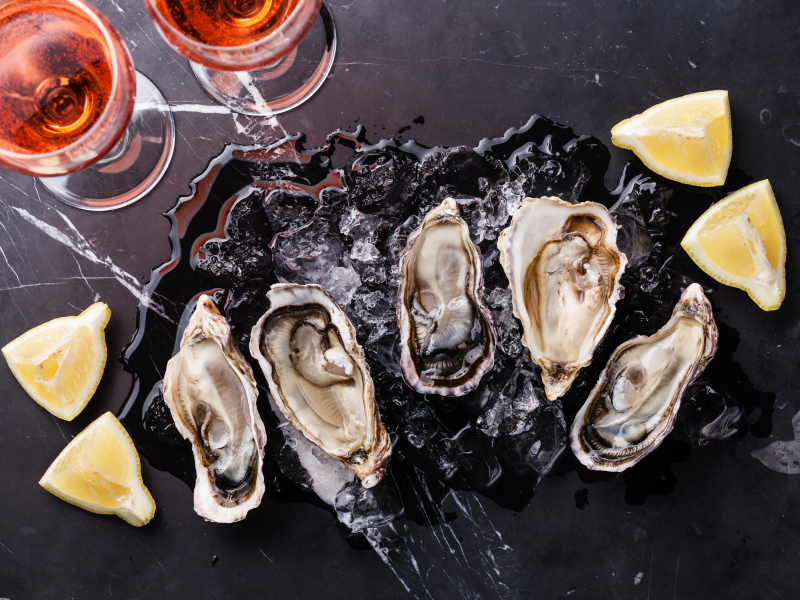
Chances are, raw oysters are still alive when you eat them. Oysters deteriorate so fast that chefs have to serve them very quickly - while they're still alive, basically. Some varieties of the shellfish can survive out of the water for up to two weeks, which is why oysters are stored under particularly regulated condition. Once they die, they are no longer safe to eat.
So yes: If you have a nice plate of fresh oysters, you're probably chewing on them while they are still alive. Luckily, oysters don't have central nervous systems, so they can't feel pain.
Every banana you eat is a clone.
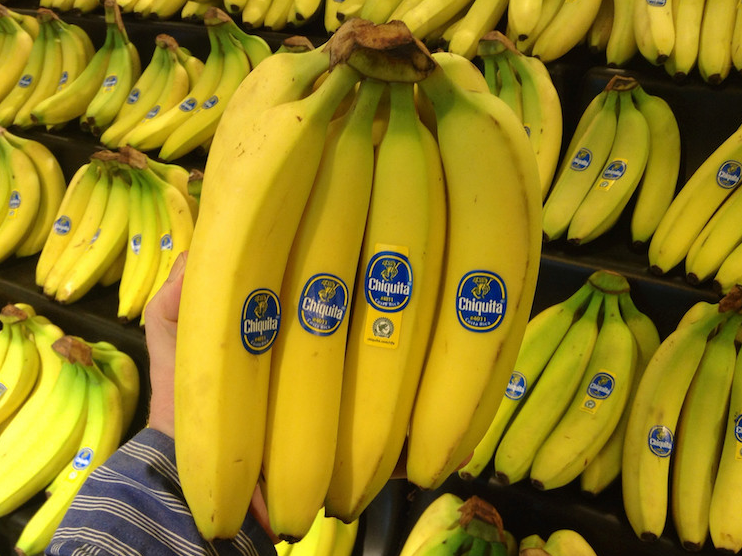
Even though there are 1,000 varieties of bananas all over the world, the common yellow fruits you see in the supermarket are all genetic clones of the Cavendish variety. The Cavendish was mass-produced, according to the Economist, because it does not have seeds - a desirable trait for consumers - and it survives longer than its banana cousins.
Since the Cavendish does not have any seeds, it must be cloned by farmers in order to continue production. Recently, agricultural scientists have been worried that the lack of genetic diversity could soon leave the banana vulnerable to threats and extinction.
The Aztecs used chocolate as currency.
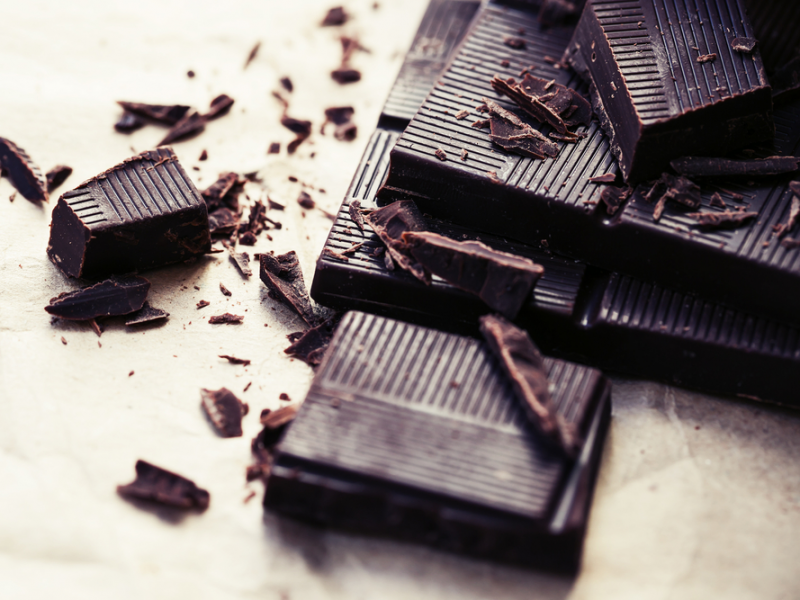
The Aztecs may be known for their love of chocolate, but according to the International Cocoa Organization, they also used cocoa beans as currency. People under Aztec rule could use cocoa to pay their taxes.
Honey will never ever go bad.

Honey in its natural state is very low in moisture and very acidic: two primary defenses against food spoilage. In a low-moisture and high-acid environment like a sealed jar, bacteria will die almost immediately, according to the Honey and Pollination Center at the Robert Mondavi Institute at University of California.
This could explain why archaeologists have found pots of honey from thousands of years ago that still looked fresh.
It is a myth, however, that honey is the only food that will last forever: salt, sugar, and raw rice also have eternal shelf lives.
Carrots were originally purple.
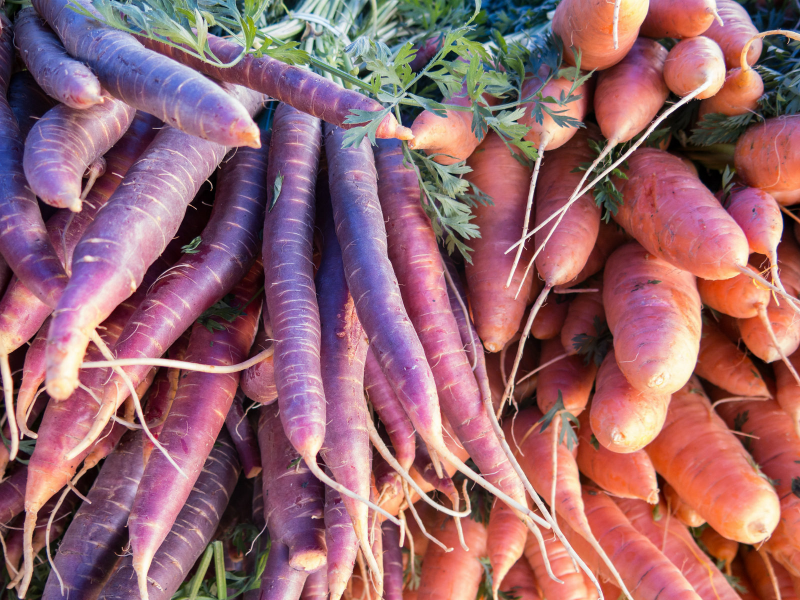
According to the National Carrot Museum in the UK, the first carrots looked nothing like they do today.
Originally these vegetables were purple or white with a thin root. The orange carrots we know and eat today are actually the result of a genetic mutation in the late 16th century that won out over the original color.
Most wasabi is actually just dyed horseradish.
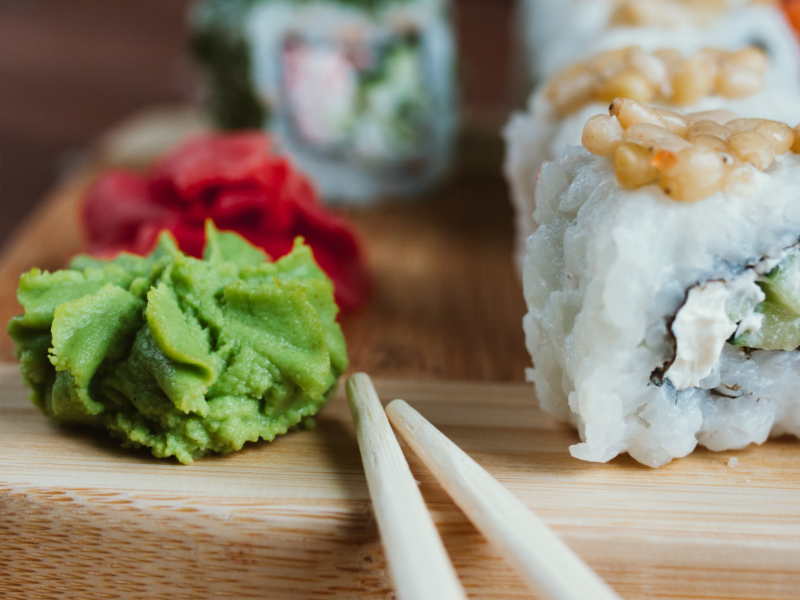
If you have a habit of smearing spicy wasabi all over your California roll, just know that you are - in all likelihood - just eating dyed horseradish. About 99% of all wasabi sold in the United States is fake, and you'd have to go to a very high-end sushi restaurant in Japan to find the real stuff.
Wasabi costs $80 a pound, so it's much more cost-effective for restaurants to just use an imitation instead.
People once thought tomatoes were poisonous.
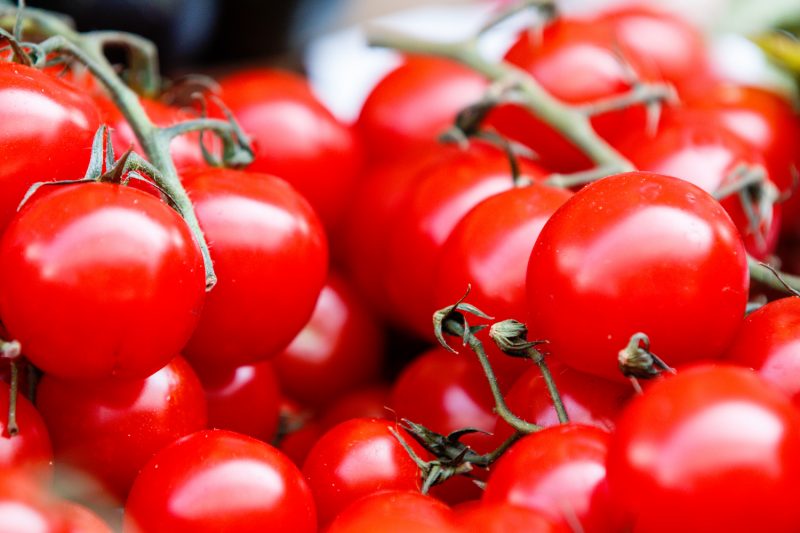
In 18th century Europe, the tomato was nicknamed "the poison apple," because aristocrats would oftentimes get sick and die after eating them. Little did they know that the explanation had to do with their choice of tableware, not the tomatoes.
According to the historical cookbook, "Heirloom Flavor: Yesterday's Best-Tasting Vegetables, Fruits, and Herbs for Today's Cook," the high acidity of tomatoes would cause lead to leach from the pewter plates used by rich aristocrats and cause lead poisoning. The aristocrats mis-attributed the issue to the tomato itself.
To further add to the fruit's poor reputation, the tomato was incorrectly classified as a deadly nightshade before it came to Europe, according to Smithsonian magazine. The 19th century rise in popularity of pizza in Naples, Italy slowly changed the noxious attitude toward tomatoes.
Grapes will explode if you put them in the microwave.
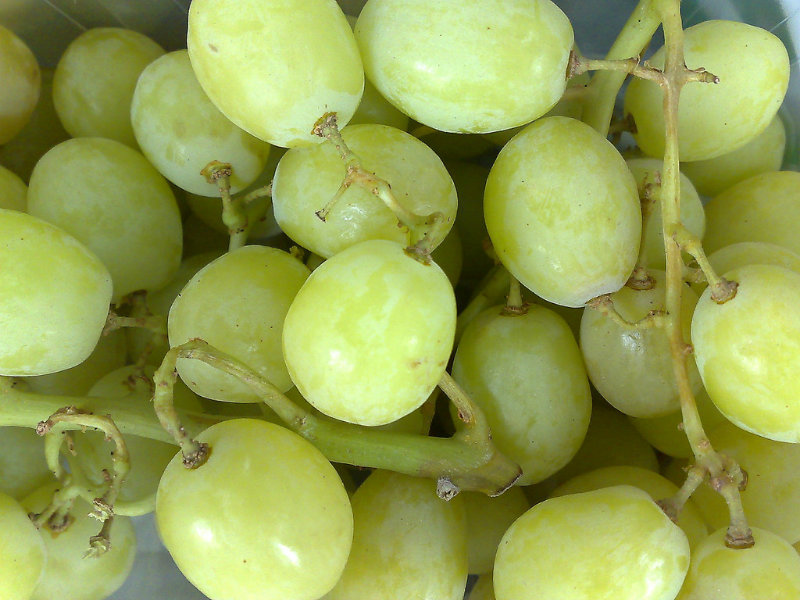
Here's a fun (and dangerous) science experiment: If you split a grape almost in half and put it in the microwave, it will create an explosive fireball of plasma and lighting.
Scientists have explained that microwaves work by using microwave radiation to generate heat. If you heat up "nothing" in the microwave - or in this case a very small grape that doesn't absorb enough power - the electromagnetic waves have nothing to work on and become concentrated.
The grape itself then acts like an antenna and conducts the electricity in the microwave, causing small "plasma" fireballs.
Crackers will give you cavities faster than candy.

The phrase "candy will rot your teeth" has probably been drilled into your head since you were a kid. But there are many foods out there that are worse for your dental hygiene than candy, like crackers. That's because acid - not sugar - is the major cause of tooth decay.
"Ever notice how saltine crackers or Goldfish become sticky in your mouth as you're chewing them?" Dr. Mark Burhenne of Askthedentist.com said. "Even better for the bacteria, that sticky goo gets stuck between your teeth and the bacteria can feast for even longer."
Eating too much nutmeg has the effect of a hallucinogenic drug.
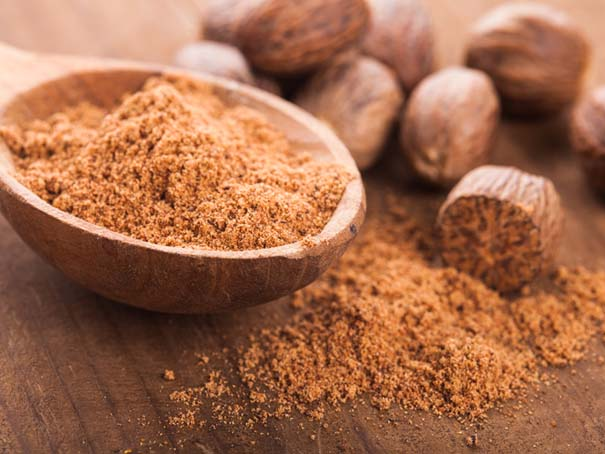
Nutmeg may be the perfect addition to your hot beverage, but don't sprinkle on too much. Eating too much nutmeg can have the physical effects of a hallucinogenic drug, including out-of-body sensations, nausea, dizziness, and sluggish brain activity.
But, according to The New York Times, it takes a lot of nutmeg - more than two tablespoons - to start feeling the spice's drug-like effects, so there's no need to worry too much.
Chicken wings were considered throwaway parts before Buffalo wings were invented.
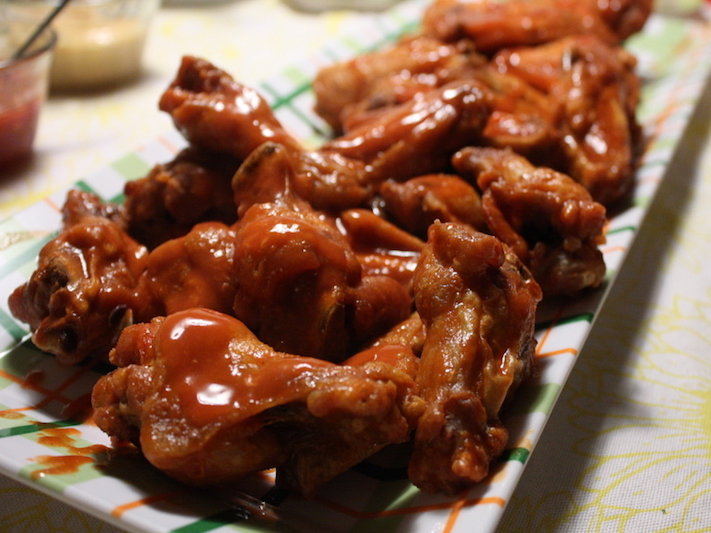
It's hard to imagine today, but before Buffalo wings were invented by Buffalo, New York Anchor Bar owner Teressa Bellissimo, chicken wings were usually thrown away with the rest of a chicken's gristle and bones. (Either that or they were used to make stock.)
As the story goes, in 1964 Bellissimo was looking to whip up a midnight snack for her college-aged son. Since she had recently received an accidental wholesale order of chicken wings, she decided to deep fry them, and then slather them in butter and hot sauce, serving what would later become an iconic bar snack.
Chili peppers contain a chemical that tricks your mouth into "thinking" it's being burned — that's why spicy food hurts so much.
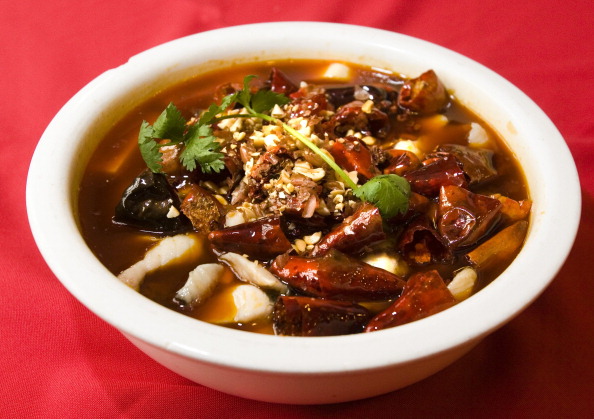
That burning sensation you get when you eat spicy peppers is a mental reaction, not a physical one. Chili peppers contain a chemical known as capsaicin, which naturally binds to the pain receptors on our nerves.
Your brain thinks you are ingesting something hot, so you begin sweating and your face turns red. This is your body's way of trying to cool you down, even though there is no real temperature threat, only a perceived one.
Processed cheese was invented in Switzerland, not America.
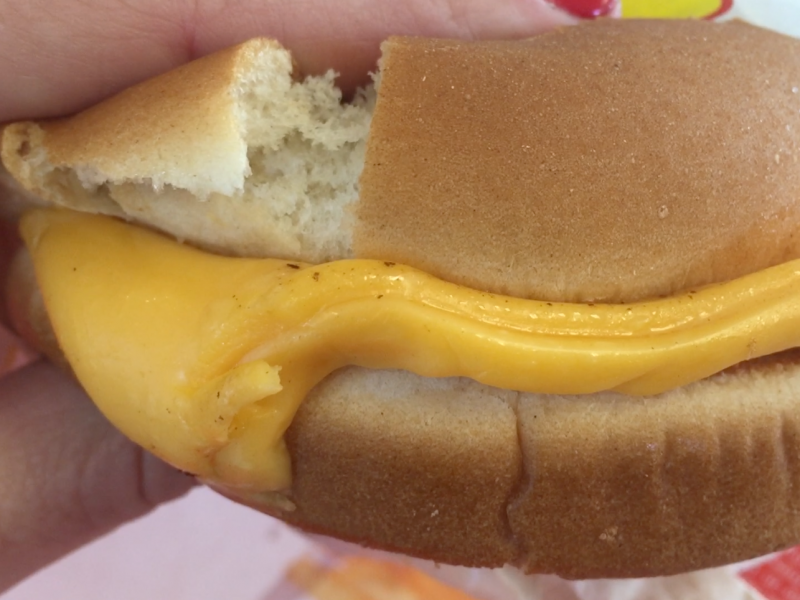
We may think of processed cheese as an all-American invention (think Kraft and Cheez Whiz), but it turns out the Swiss came up with the idea first.
Walter Gerber and Fritz Stettler invented processed cheese in Switzerland in 1911 in order to improve the shelf-life of the product before it was shipped overseas, according to the Michigan Dairy Review.
